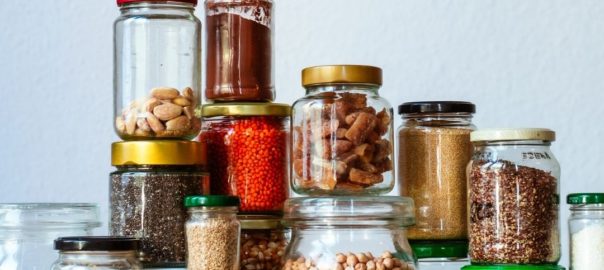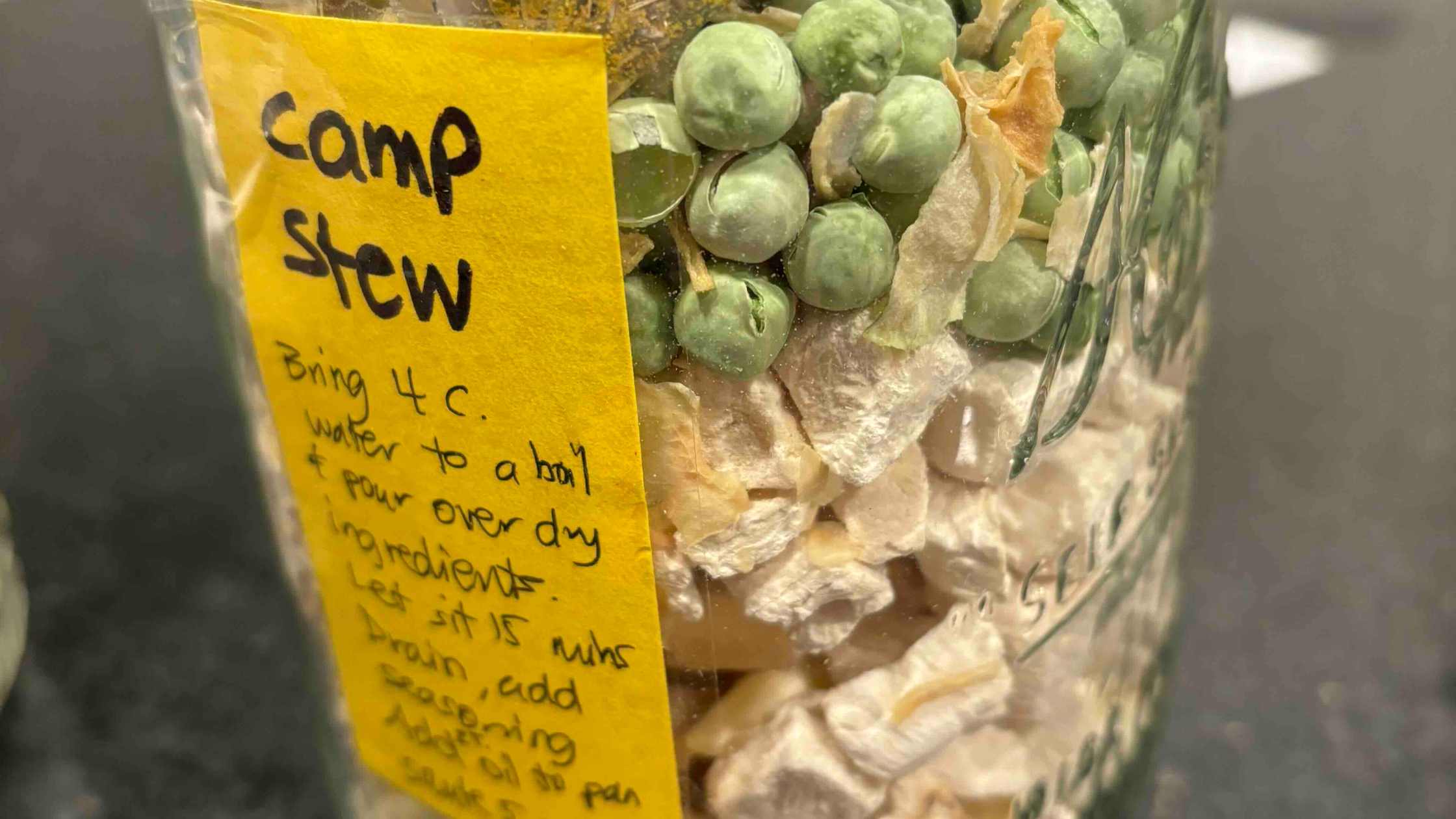After a horrific week of winter, finally, some relief from the cold.
If you’ve been following me for a while, you know that I live in Texas. Our state has only just begun recovering from the unprecedented devastation that the winter storms unleashed on February 14.
The deadly temperature caused the pipes to burst, leading to water disruptions for half of our state’s population. My family, and millions of other people, also lost power, forcing everyone to spend days and nights trying to stay warm.
Due to the impassibility of roads for a few days, grocery stores were also unable to resupply. The shelves were emptied, and the weather conditions led to food supply chain issues.
Supply chain shortages; potential price hike
Now that things are warming up and the roads are clear, they should be able to restock the shelves. But there’s another major food challenge due to the storm; grocery prices are probably going up.
There was damage to both crops and livestock. Many tender young plants (such as baby greens) froze, baby chickens froze to death, and dairy farmers have been dumping milk because they’re unable to get it to the dairies.
According to one source, “The drop in production could have short- and medium-term consequences on availability and prices.”
The whole shortage and potential price increase issue makes it important to have food storage on hand. As I’ve mentioned before, I’m not talking about The End Of The World As We Know It enormous food storage. But I do believe in having at least 30 days worth on hand plus a water plan. This allows you to have more flexibility when it comes to your food so you’re not limited by what is or isn’t available at the store. It also means learning to modify your diet as needed based on what’s available.
Tips to start your “preparedness plan”
Here are some tips that I believe are useful in an emergency situation (this is mostly geared toward winter). I encourage you to print this list out and keep it somewhere for reference.
This information is also good to share with friends, neighbors, and family so they can be prepared as well.
1.Prepare your home and car
- Make sure your car tank is full. If you have gas cans (and you should), make sure those are full also. In the middle of an emergency, gas stations may not be able to resupply. Plus you want to be able to leave if you need to. A full tank also prevents the tank from freezing in very low temperatures (yes, your gas tank can freeze).
- Weatherproof your home. Turn off your outside water, wrap your exterior pipes, and winterize your faucets. There are covers you can buy at the hardware store (get them now for next time). In an emergency, a pool noodle can be sliced up and used for pipe insulation. In case of a burst pipe (hopefully not), know where your shutoff valve is.
If you have a frozen pipe, you can shut off the water so that it will hopefully won’t burst when the water comes back on. Heating a frozen pipe with a hairdryer may help melt the frozen part. Keep faucets dripping to help prevent pipes from freezing. If pipes are on an outside wall, you want to keep the cabinet doors open so that any residual heat from the house can help keep the pipes warm.
2. Have a water & food plan
- Store water in pots, pans, the bathtub, or an Aquatainer. It can be used to flush toilets, wash, and cook with. The recommendation is one gallon per person (or pet) per day for drinking, one gallon for cleaning, and one gallon for personal care.
- Have some sort of filtration device like a Big Berkey in case you need to pull water from a non-sanitized source (nearby running water, a pool, etc.).
- Have food on hand which does not need to be cooked to be eaten. This is in case you don’t have a way to cook it. You’re still going to want to be able to eat something. Be aware that your body burns more calories when you’re cold trying to stay warm. Just shivering can burn as much as 400 calories per hour.
- You can heat water and cook on your grill. This makes it important to have an extra propane tank. DO NOT bring your grill into your home; this is not safe. If the weather is inclement, you can try to find an overhang or, worst case, use it in the garage with the door open
3. Create an emergency kit
- Create a family-sized emergency supply kit and smaller “go kits” for the whole family. Include disinfectant wipes and spray, soap, hand sanitizer with at least 60% alcohol, and at least two masks per person age two or older in your household.
- Know where your flashlights and batteries are. Do not rely on your cell phone for a flashlight, as this will run it down too much.
- Have long-burning candles for light. I use the prayer candles, the tall ones in a glass jar. I get them at the dollar store. They’re supposed to be good for as much as 40 hours.
- Get some of the glow-in-the-dark bracelets (I get mine at the dollar store). If you have pets in the home, once it gets dark, this is a good way to be able to see where your pet is so you don’t trip over them.
- If you have a wood-burning fireplace, you need to have the wood in advance of the storm to use it for heat. It kind of goes without saying, but it can be hard to find wood during the storm.
- The nickel in the freezer trick. this lets you know how much your freezer defrosted during a power outage. Place a nickel on top of frozen water in a cup. After a power outage look and see if where the nickel is. If it’s at the bottom that tell you the water thawed and then refroze. The food in your freezer is no longer safe to eat.
4. Keep yourself (and your pets) warm during the storm
- Wear a hat. Many people put on socks, sweaters, and sweatpants but forget that you can lose a lot of heat through your head.
- Layer, layer, layer. Wearing a big sweater isn’t going to be as helpful as wearing several layers. Those layers help to trap air to keep you warmer.
- Keep yourself warm using hot water containers. Wrap bottles or a jar filled with hot water with a towel around it to cuddle with under the blankets
- Keep your core temperature up. While you have power, put pots of water on the stove to boil. Not only does this help to keep heat in the house, but it’s also a source of hot water for drinking. Once the power goes out, you can put that hot water into insulated thermoses to stay hot for beverages.
- Prevent drafts by rolling up towels and pillowcases. Place them at the bottoms of doors and windows. You can also close your blinds or curtains to create a bit of a barrier to keep the cold air from chilling the space quite so much.
- Bring your pets indoors. Bring your fur babies inside or provide a shelter to keep them safe and warm. Make sure that they also have access to unfrozen water.
If you’re interested in knowing more, you can schedule a personalized Preparedness Pantry Consultation with me to create a plan for your family.




